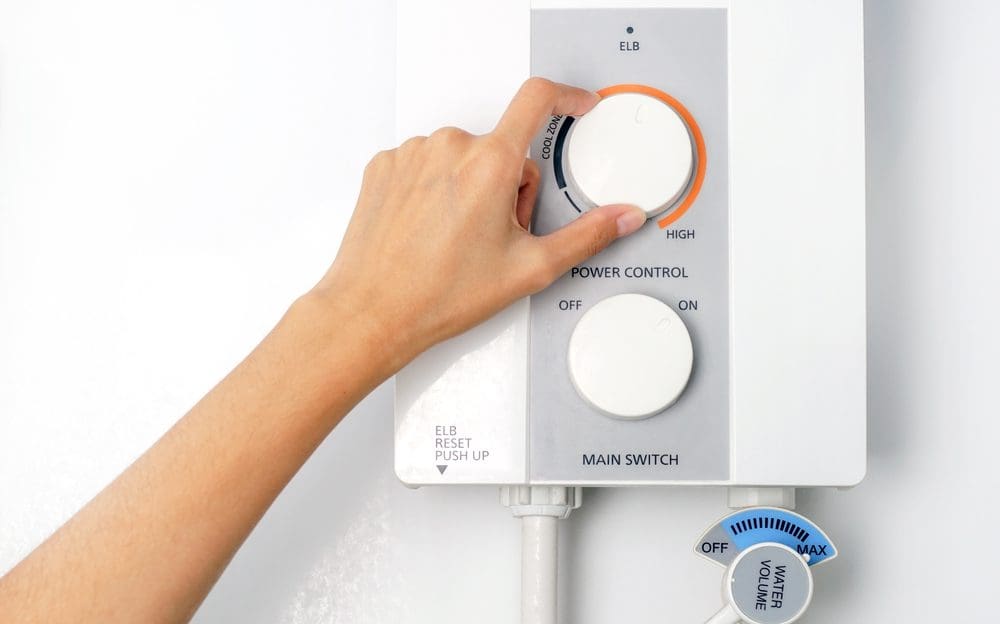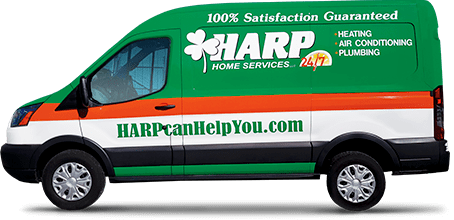
Your water heater ensures you have hot water for a relaxing shower, cleaning dishes, laundry, and more. But not everyone who owns a hot water heater knows how to set its temperature. Setting it too high can cause scalding or burns, while setting it too low means you’ll have lukewarm water or even make your water heater break. Get the right temperature every time you turn on the faucet or shower—follow this water heater temperature setting guide.
How To Adjust Water Heater Temp
Although there are plenty of different water heater units out there, most of them can be adjusted similarly. Gas or electric heaters typically have a thermostat within an insulated access panel.
Your electric heater may have two thermostats, one near the top and another at the bottom. Before getting started, turn off the power to your water heater. Use a flathead screwdriver to adjust the temperature. Ensure you set the top thermostat to the exact temperature as the bottom (if your unit has two thermostats).
If you have a tankless unit, it may feature a display that allows you to control the temperature. You can adjust it similarly to your air conditioner.
No matter what type of unit you have, you’ll need to test the water before touching the thermostat. Let the water run from a faucet until it reaches its hottest temperature. Use a thermometer to get an accurate reading by holding it under the water.
Recommended Water Heater Temperature Setting
The U.S. Department of Energy recommends you set your water heater’s thermostat to 120. At this temperature, harmful bacteria and pathogens can be eliminated, and material buildup can slow down. Setting your thermostat to 120 degrees F may also come with money savings
Some manufacturers set the thermostat to 140 degrees F, which may cost you more. The U.S. Department of Energy estimates that you lose somewhere between $36 to $61 annually to standby heat loss (when heat is lost to the surrounding area).
Setting the temperature above 140 degrees F can be dangerous as well. You risk scalding and third-degree burns. It only takes seconds for water that hot to do damage to your skin. Keep everyone in your home safe from overly heated water—stick to the recommended settings.
3 Signs Your Water Heater Is Going Out
No Hot Water/ Not Enough Hot Water
Your fist, and perhaps most obvious, sign that your water heater is going out is a lack of hot water. However, you shouldn’t wait for your water heater to completely fail to produce hot water. As soon as you notice a reduction in hot water volume, or if water is not getting hot—you’ve got a problem. Call your local plumber to check it out.
Leaking Water Heater
Is water pooling around your water heater? Your water heater is likely experiencing an internal issue that needs to be addressed by a professional. Call our team as soon as you can.
Strange Smells and Sounds
Your water heater may make some sound, but loud cracks, bangs, gurgles, and more indicate an issue. Similarly, if the water coming from the tank has a foul smell or discoloration, it’s usually a sign that the anode rod needs replacing. Give HARP a call to help you resolve these problems swiftly.
Call Your Local Plumber HARP
Problems with your water heater can arise at any time. When they do, you don’t have to wait to get in touch with an expert plumber. Just give HARP a call any time or day for emergency water heater service in Connecticut. Contact us at 1-860-544-5191.


